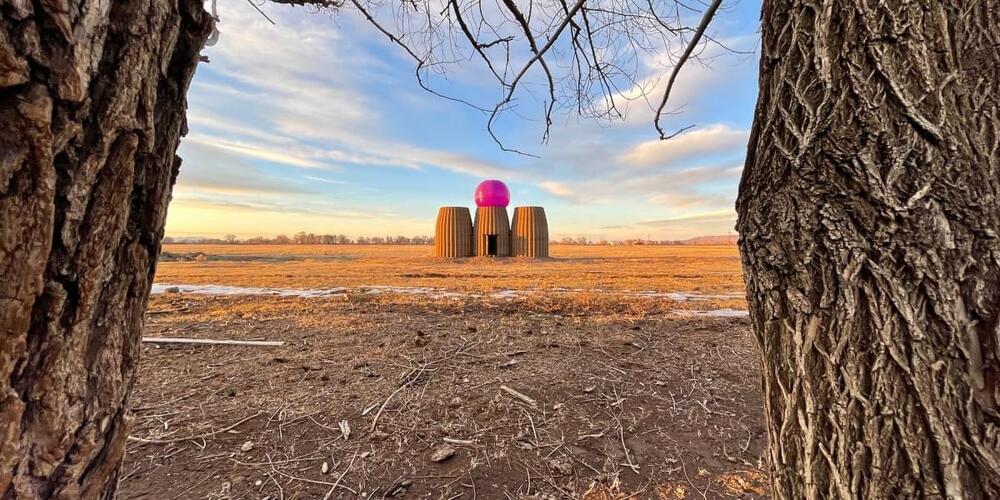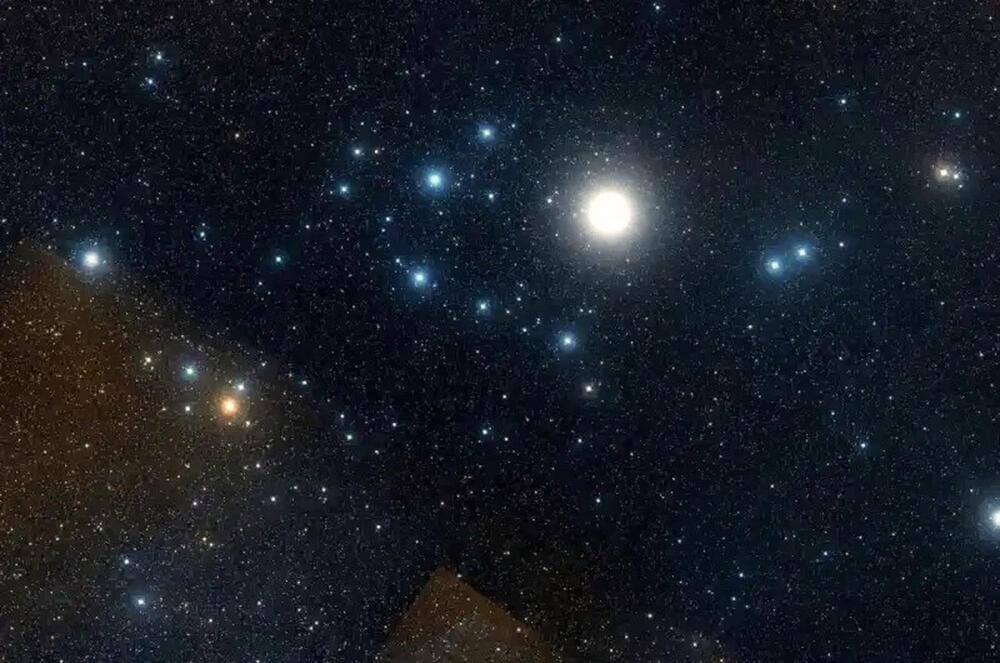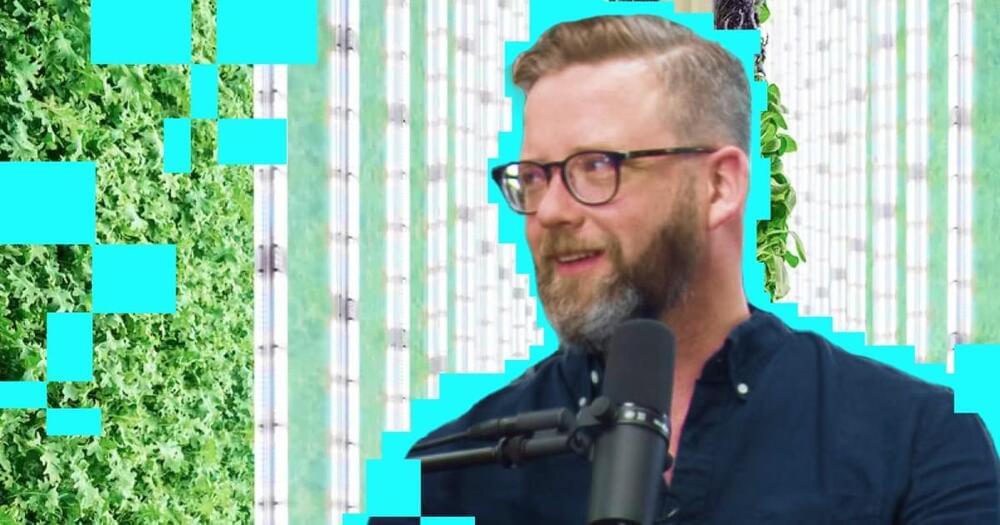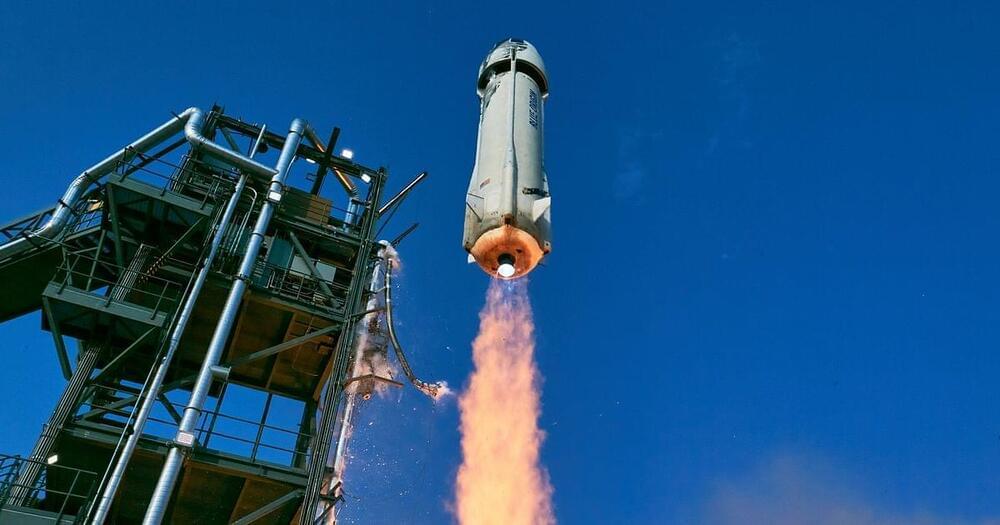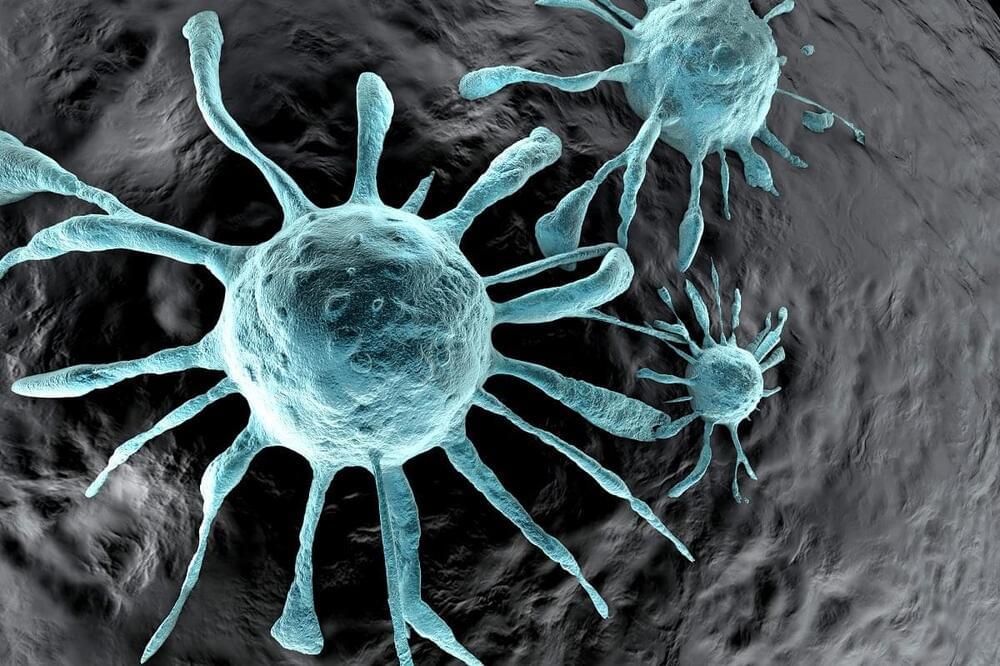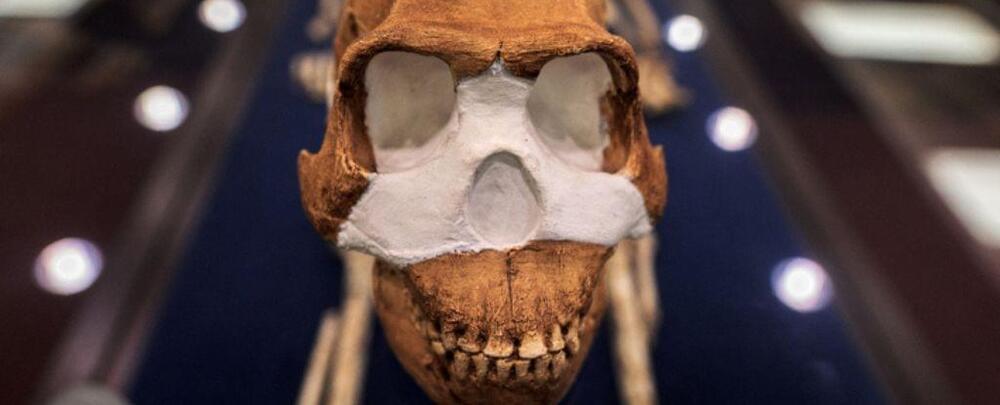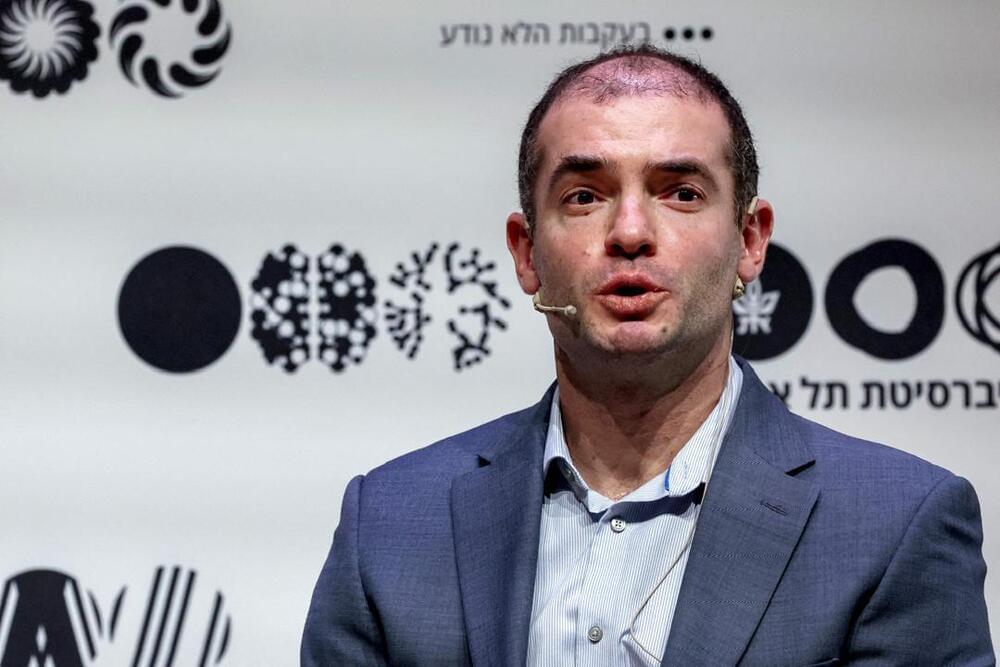Ronald Rael and Virginia San Fratello may have met as graduate students in architecture at Columbia University, but it quickly became clear that “architecture” would prove an inadequate term to describe their eclectic body of work.
As the pair started working together in 2002, they became increasingly aware that “sometimes the forces that enable architecture, chiefly capitalism, can corrupt the architect’s social agenda,” Rael says. “This became the impetus to rethink how and why architecture should be created.”
